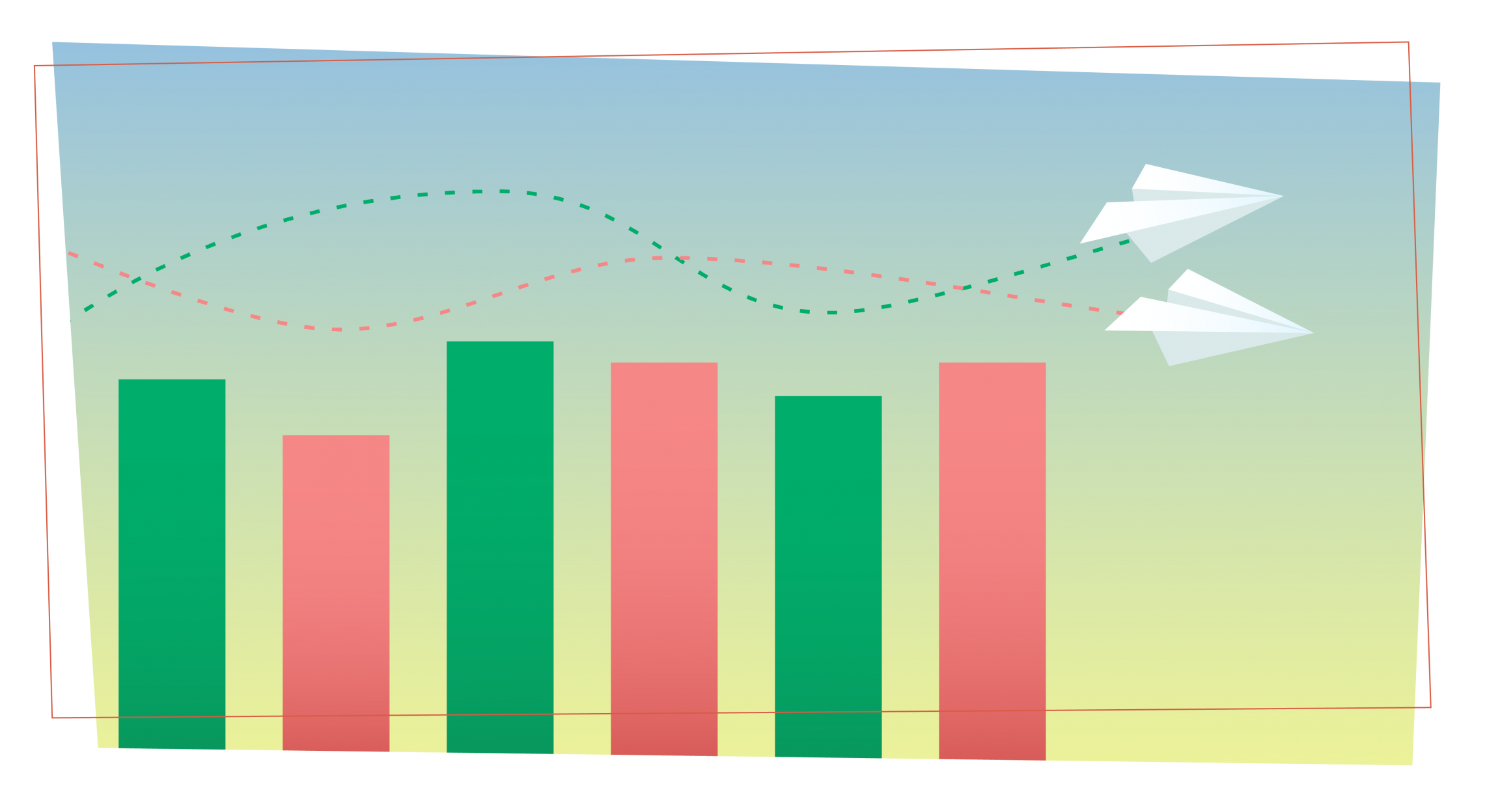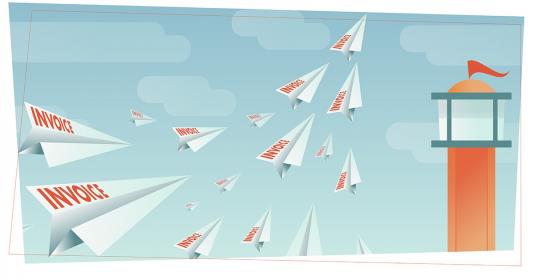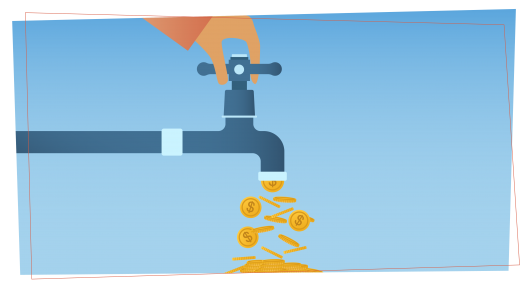5 Ways to Use Cash Flow Projection to Scale Growth
Pro Tips
Small business owners have limited cash flow and want to optimize it to scale. But without proper cash flow or clear models, it can be hard to determine how much you really have to spend on growth. Cash flow projection can help you see your resources and options clearly.
Prep your cash flow projection
Before you can begin driving growth, you need to understand where your finances are. This means you should be able to map out your current income and expenses on a spreadsheet or cash flow software so that you can clearly and easily make edits and visualize the data.
Some data points to consider are:
- Deposits and payments
- Payroll
- Loan payments
- Dividends
- Expected future income or losses
Using Cash Flow Projection to Scale Your Business
Once you have your basic cash flow set up, you can begin playing with the numbers. Creating these projections or models can help you pinpoint how your decisions today will affect tomorrow’s cash flow. You can use this information to develop strategies to secure and scale your business.
We suggest that you keep your projections in a 12-month time frame in order to better grasp the long-term effects of potential decisions.
With that said, these are our top five ways you can use cash flow projection to grow your business:
1. Buying new equipment or adding a new location
One of the first and easiest ways to use cash flow projection is to establish whether or not you can afford to buy new equipment or add a new location.
In order to do this, you need to understand your reliable income, how long it will take you to save for the new additions, and whether you need to establish a line of credit or take on a new client.
To do this, you would simply add an additional one time expense for the initial purchase. If you are adding a new location, you will also need to increase your operating costs. Once this is done, you can see how much cash flow you have leftover and estimate whether it is enough or if there is anywhere else you can save.
Alex Bernier of Real Eyes Displays checks his cash flow projection with Pulse to make decisions. “I update it and change it about twice a year. Or I look at it if I need to hire or buy equipment. I can play with the numbers and really see what I can pay.”
2. Launching a marketing campaign or new product
Marketing or sales campaigns are other factors you can test in your cash flow projections. When it comes to marketing, it can be difficult to find out how much you can actually budget.
Using your cash flow projection, you can easily monitor your cash flow and account for different marketing channels. As if you were adding equipment, you can add an additional expense for each marketing channel you are interested in using and set an initial budget for each.
For example, let’s say you want to spend $1,000 a month to promote your new product. You can add a repeating expense for three months and see how it affects your cash flow.
However, you may have some expectations of sales based on how much you’re spending, so you will also want to add potential income. You can also adjust the timing and the amount of expected income to match the best- and worst-case scenarios.
Perhaps the first month of marketing will be leading up to product launch and you won’t expect any sales until the next month. Using the cash flow projection, you can more accurately see when you can expect to make that money back.
You can use the same method to plan a product launch and estimate costs and possible returns or losses.
3. Setting prices and managing clients
Should you raise your prices? The possibility of losing customers or pricing yourself out of the market is a genuine fear.
If you’ve already got your cash flow mapped out, you can easily change the numbers to reflect new prices to estimate your profit. If, for example, you increase your price for one product or service by 10%, will you need to sell less? What would be the loss if you can’t match your sales target?
Jimmy Semaan, managing director of Club Unique uses projections regularly to review their finances. “It’s vital for us to project how much money is coming in and from which clients. We can check everything from who pays late to how many contracts we have. And of course, we can use projections through PulseApp to find ways to increase our cash flow.”
4. Hiring employees and contractors
A critical decision for any business is when to hire and how much to pay.
Cash flow projection can help you add the expense for hiring, salary, and other employee-related expenses like uniforms or health insurance. But don’t forget—you are taking on a new employee because you are growing or plan to scale. So you also need to add additional income streams.
In a downturn, you may also have to estimate how long you can hold onto your employees before resorting to layoffs.
You may also be able to compare contractor work as opposed to hiring full-time employees.
For example, let’s say you want to hire a contractor to build a website to sell your product online. You have two options: The first is charging $1,000 and will finish in a month, meanwhile the second is only charging $500 but it will take them two months. You are estimating $3000 in sales the first month based on a trial run and customer canvassing. The second option appears more affordable, but is it worth losing a month of potential sales?
5. Surviving a crisis
One of the most important reasons for regularly checking your cash flow projections is to protect against a crisis. According to a 2016 JPMorgan Chase report, small- to mid-size enterprises only have enough cash flow to cover 27 days of operations, and the top 25% only have two months of cash in reserves.
As we’ve seen with COVID-19, it can sometimes take much longer than two months to keep open.
With cash flow projection, you can easily see what would happen if your income suddenly dropped—and protect against it. You can do this by adding an additional expense for “emergency preparedness,” and begin saving for an eventual downturn. It may decrease your daily cash flow, but at least you’d have a safeguard against unexpected catastrophe.
Some decisions cash flow projection can help you make in a downturn are:
- Which expenses you can safely cut
- How much cash you can hold onto if you delay payments
- What you need to cut to keep your employees onboard longer
- Experimenting with more affordable suppliers
Cash flow projection is easier than you think
Creating a cash flow projection should be easy. There’s no need to check it every day—although you can and many of our customers do. Modeling your cash flow can help you make major decisions with more confidence than you would with just the general profit numbers. From buying new equipment to launching products and surviving a business crisis, cash flow projection is one more tool that can help you safeguard and scale your business.
Next steps
If you need clarity on your business’s financial forecast, start a free trial (we’ve temporarily extended it 3 months to support businesses during the Coronavirus).
No credit card required


